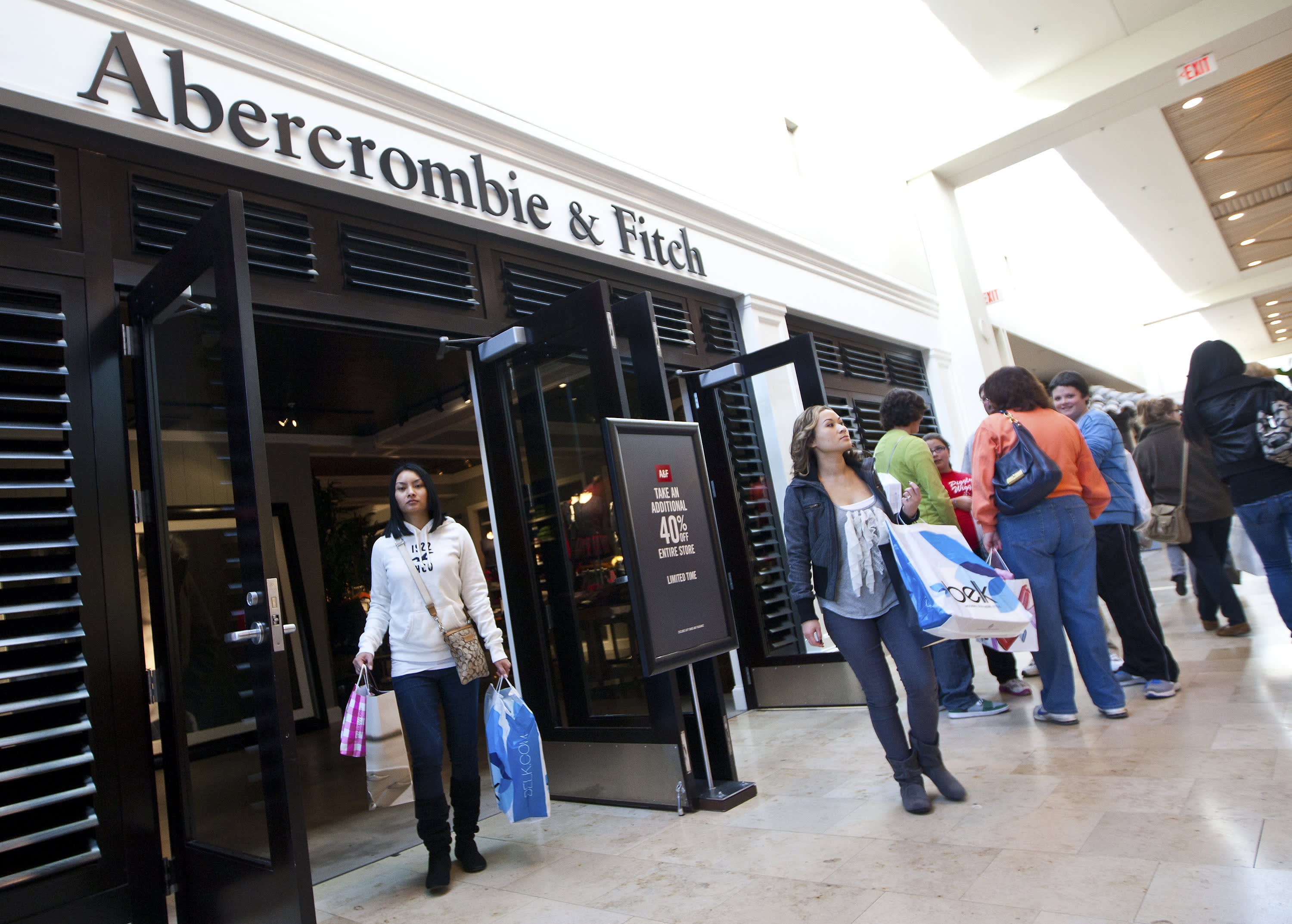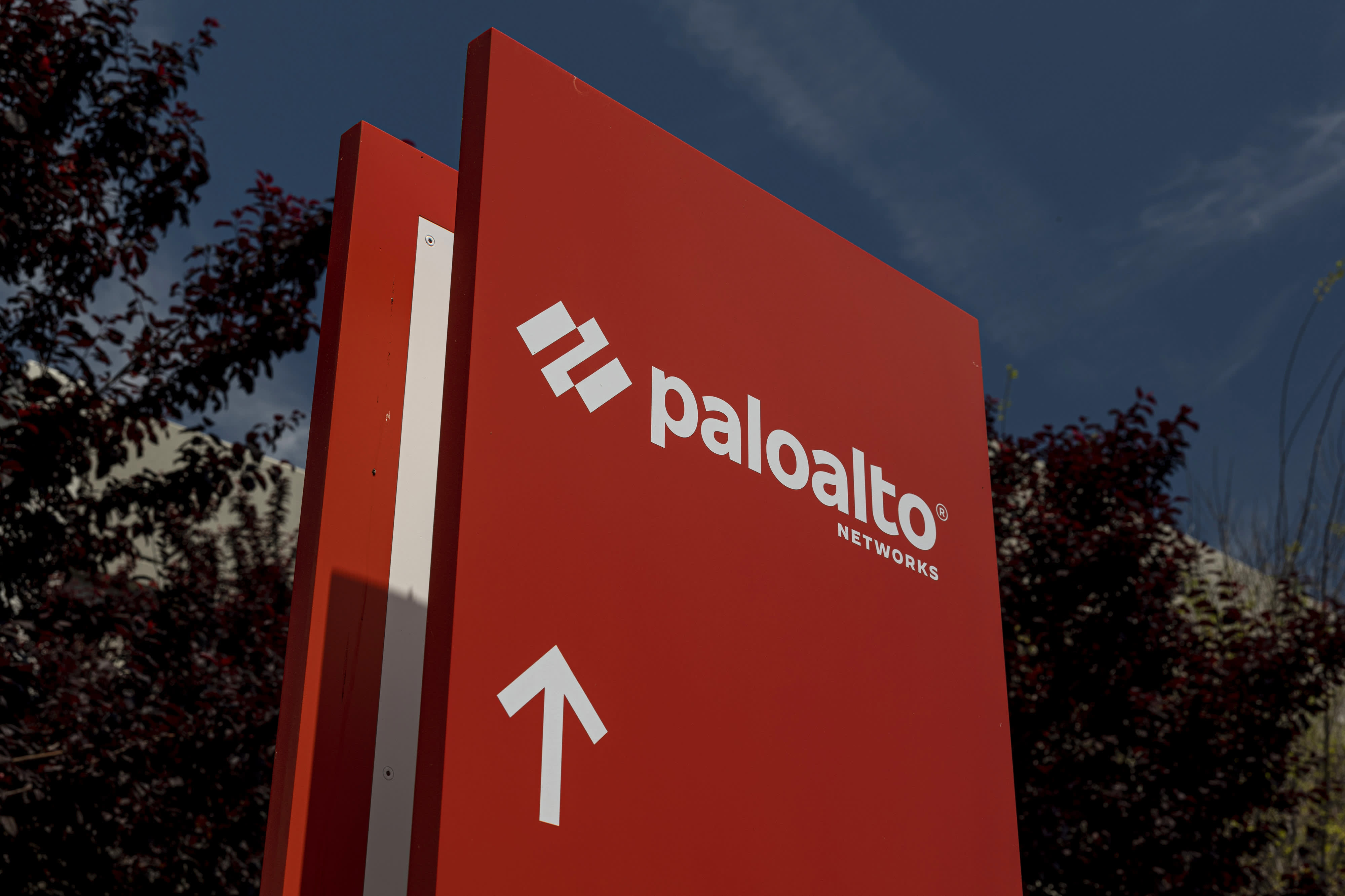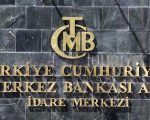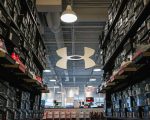The Gap logo is displayed at a Gap store on April 25, 2023 in Los Angeles, California.
Mario Tama | Getty Images
Gap reported another quarter of net losses and declining sales across its four brands but the retailer insisted it’s making progress — and has managed to significantly improve its margins, which sent shares surging in extended trading.
Here’s how the apparel retailer did in its fiscal first quarter compared with what Wall Street was anticipating, based on a survey of analysts by Refinitiv:
- Earnings per share: 1 cent, adjusted, vs. a loss of 16 cents, expected
- Revenue: $3.28 billion vs. $3.29 billion expected
related investing news




For the three-month period that ended April 29, the company’s net loss narrowed to $18 million, or 5 cents per share, from $162 million, or 44 cents a share, in the year-earlier period. On an adjusted basis, the company reported earnings of $3 million, or 1 cent per share.
Sales dropped to $3.28 billion, down 6% from $3.48 billion a year earlier.
Shares jumped more than 15% in after-hours trading on the improvement in gross margins.
Gap, which includes its namesake brand, Old Navy, Banana Republic and Athleta, has been without a CEO for nearly a year as it worked to restructure the business, understand its customers better and get back to profitability.
The retailer said that work is well underway — and acknowledged it has long been needed.
“Consistent with what you’ve heard from us over the last few quarters, we continue to take the necessary actions to drive critical change at Gap Inc., to further improve the trajectory of our business and to get us back on a path to delivering consistent results,” interim CEO Bobby Martin told investors on an earnings call.
“I understand that we have surfaced these issues before, and what I would say is simply this work has been derailed for far too long and it is imperative that we get after it in earnest,” he said.
Last month, Gap told investors it will lay off about 1,800 employees, more than three times as many as the 500 layoffs it announced in September, as part of a broad effort to cut costs and streamline operations.
Between this year and last, the company has cut 25% of its headquarters roles, which has increased the number of direct reports each manager has from two to four and reduced management layers from 12 to eight, the company said.
The cuts remove layers of red tape and bureaucracy that will allow Gap to be more nimble in its decision-making and focused on its creative efforts, the company said.
In March, it also announced a major leadership shake-up. Athleta CEO Mary Beth Laughton left the company and its chief growth officer role was eliminated. Gap announced its chief people officer Sheila Peters would also be leaving, albeit at the end of the year.
During an earnings call with investors, Martin said the search for a new CEO continues, but he didn’t share a timeline of when the job would be filled.
“When I took the role of interim CEO in July, I did not expect to still be speaking to you in our first-quarter earnings call,” said Martin. “But this only underscores how strongly the board is committed to appointing the right person as our next CEO, one that has passion, strong vision and customer obsession that will take this company forward.”
Martin said previously the next chief executive will be an external candidate.
In its most recent quarter, comparable sales were down 3% and store sales decreased 4% compared to last year.
Online sales, which represented 37% of total net sales, also dropped 9% year over year, but the company said that was due to the fact that sales trends are getting more in line with pre-pandemic metrics. But digital sales are up 39% compared to the fiscal first quarter of 2019, the company added.
In the year-earlier period, many retailers were still battling pandemic-related supply chain issues and it landed Gap with a glut of inventory the company had trouble selling because it was out of season or out of style.
Gap, like other retailers, relied on promotions to clear that inventory, particularly at Old Navy, but in its most recent quarter, it was able to hold the line on discounts — and benefit from reduced air freight expenses that have led to better margins for retailers across the industry.
Gross margins increased by 5.6 percentage points year over year to 37.1%, and improved on the prior quarter, too, when margins were 33.6%.
The company attributed the bump in margins to lower air freight expenses and a slowdown in discounting, which was partially offset by ongoing inflationary costs.
How Gap’s brands fared
- Old Navy, which accounts for the majority of Gap’s revenue, saw net sales drop 1% to $1.8 billion and comparable sales down 1%. Sales were strong in its women’s and baby categories, but the gains were offset by softness in active and kids and an ongoing slowdown in consumer demand. Old Navy, which caters to a lower-income consumer, is more vulnerable to macroeconomic conditions.
- Gap reported $692 million in sales, a 13% drop year over year, and a 1% increase in comparable sales. Similar to Old Navy, the eponymous banner also saw strength in its women and baby categories, and softness in activewear and kids. Sales were also affected by Gap store closures, the company said.
- Banana Republic saw $432 million in sales, down 10% year over year. The company attributed the drop to an “outsized” 24% jump in sales in the year-ago period that was driven by a shift in consumer preferences as many returned to work and going out following Covid lockdowns. Comparable sales were down 8%.
- Athleta is still missing the mark when it comes to what consumers are looking for. Net sales were down to $321 million, an 11% drop year over year, and comparable sales were off 13%. The sales dip was attributed to ongoing product acceptance challenges, including “misses” in color, print, pattern, silhouette and straying away from the brand’s “performance DNA.”
Gap is also continuing to improve its inventory levels, which were down 27% in the quarter at $2.3 billion compared to a year ago.
The company is still having promotions and discounts, but they’re not denting margins like they were now that the inventory is cleaned up, said Gap finance chief Katrina O’Connell.
“The reduction in inventory has really allowed us to clean up the markdown piece of the business, which doesn’t add a lot of customer value, right? That’s just inventory that last year wasn’t responded to well by the consumer and we had to sell through given excess inventory, the wrong inventory,” O’Connell said on an earnings call.
“The margin benefits coming from cleaning up that markdown, what that’s allowing us to do is still promote, which is a better way to be offering value to the consumer, which is still important at this time.”
Across its brands, Gap has been conducting research to better understand its consumers so it can deliver products they want, regain market share and reverse the sales slumps.
Gap’s full-year outlook was largely unchanged from the forecast it gave in March. The company is expecting second-quarter net sales to decrease in the mid- to high single-digit range.
For the full year, it continues to expect net sales to be down in the low to mid-single-digit range.
The outlook is partly affected by the company’s sale of Gap China. In the fiscal second quarter of 2022, net sales included $60 million from Gap China, and in fiscal 2022, it included $300 million in sales.
Fiscal 2023 will also include a 53rd week, which is expected to boost sales by $150 million.
Gap expects gross margin to continue to rise and capital expenditures to come down to $500 million to $525 million, compared to a prior range of $500 million to $550 million. The drop is driven by a decision to open about five fewer Old Navy and Athleta stores during the fiscal year.
The company plans to open a net 25 to 30 Old Navy and Athleta stores in the fiscal year, a third of which will be Old Navy. It expects to close 50 to 55 Gap and Banana Republic outposts, more than half of which will be Gap.
Read the full earnings release.








